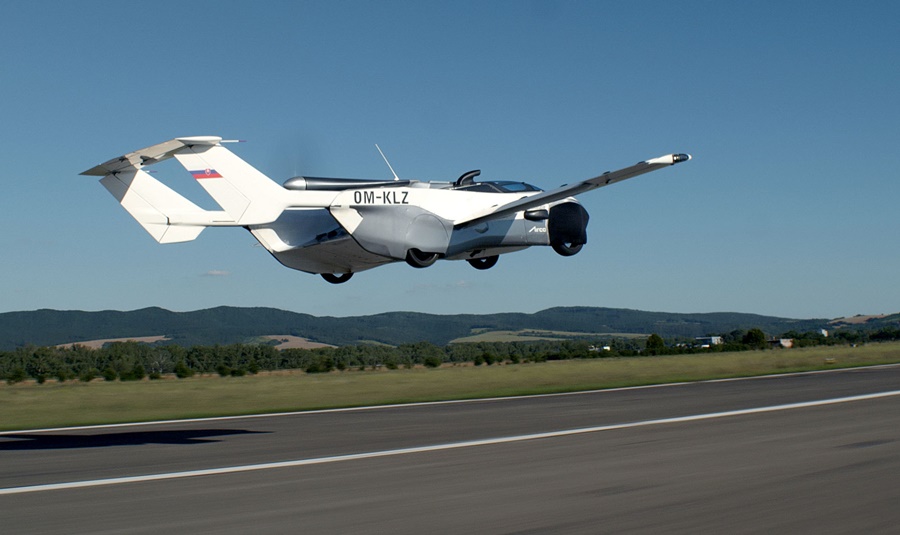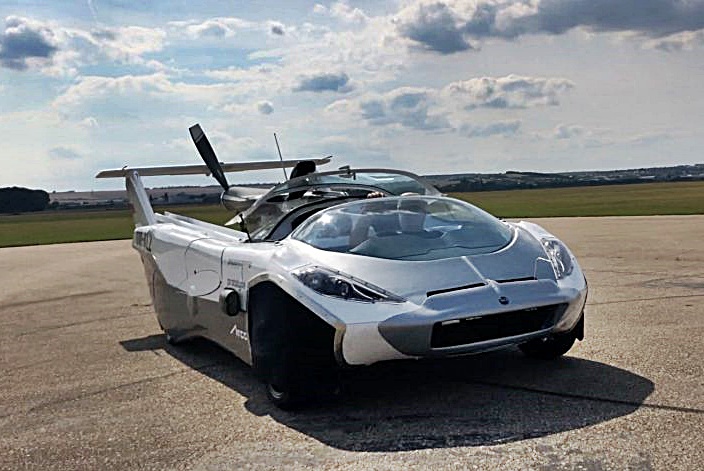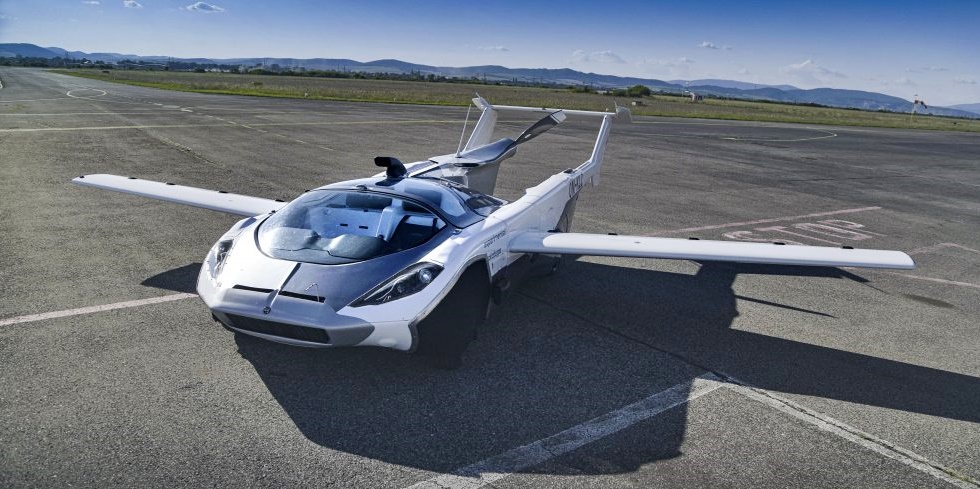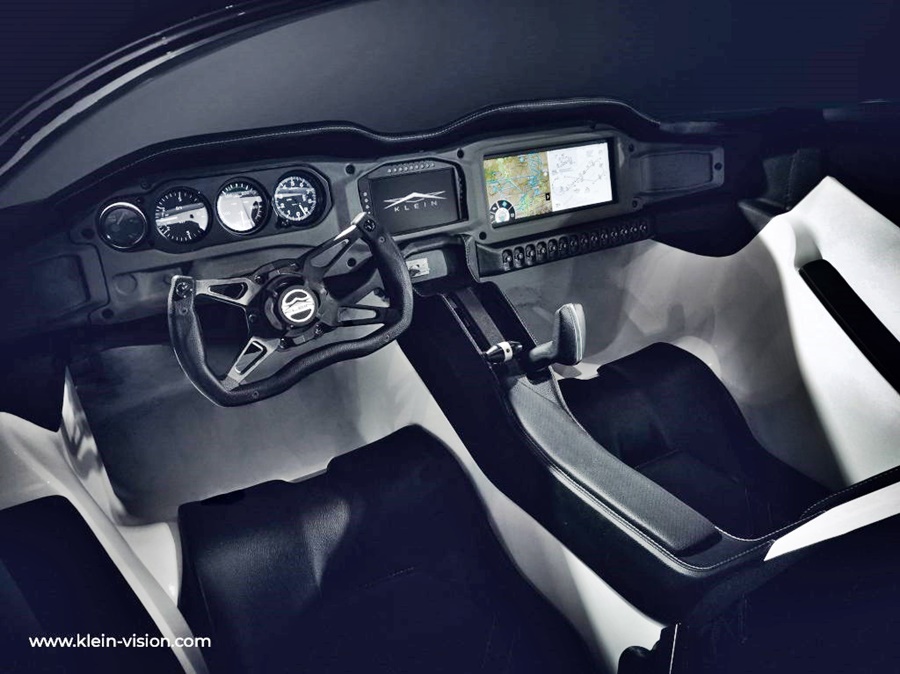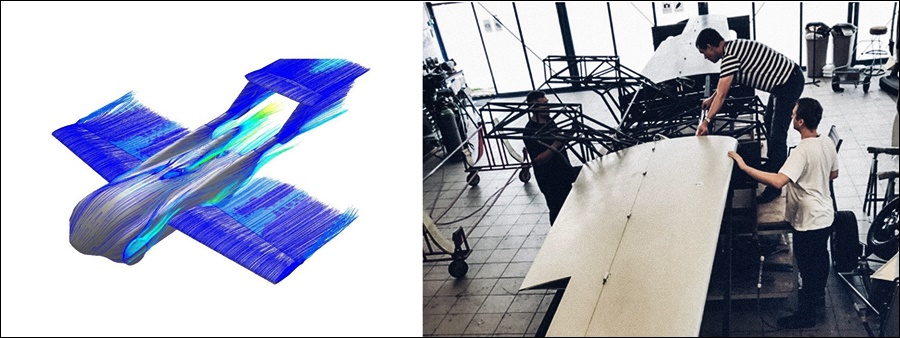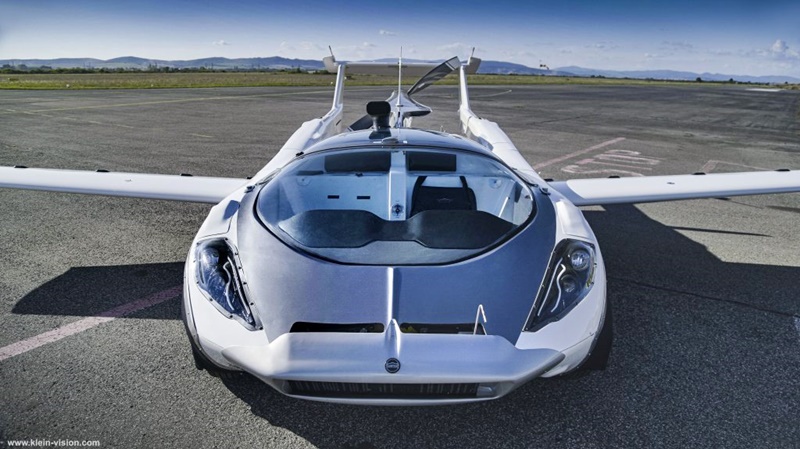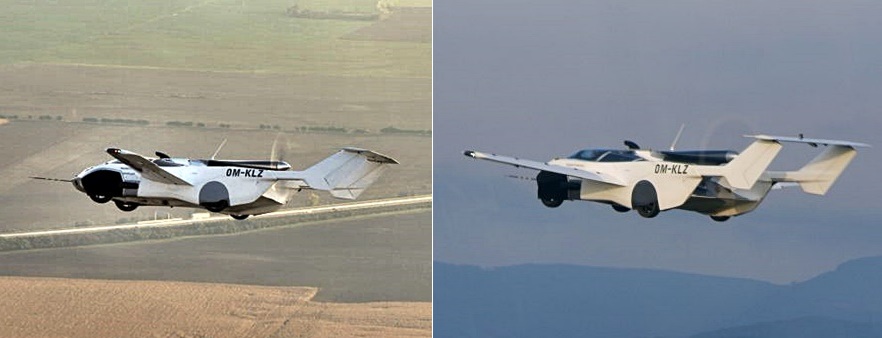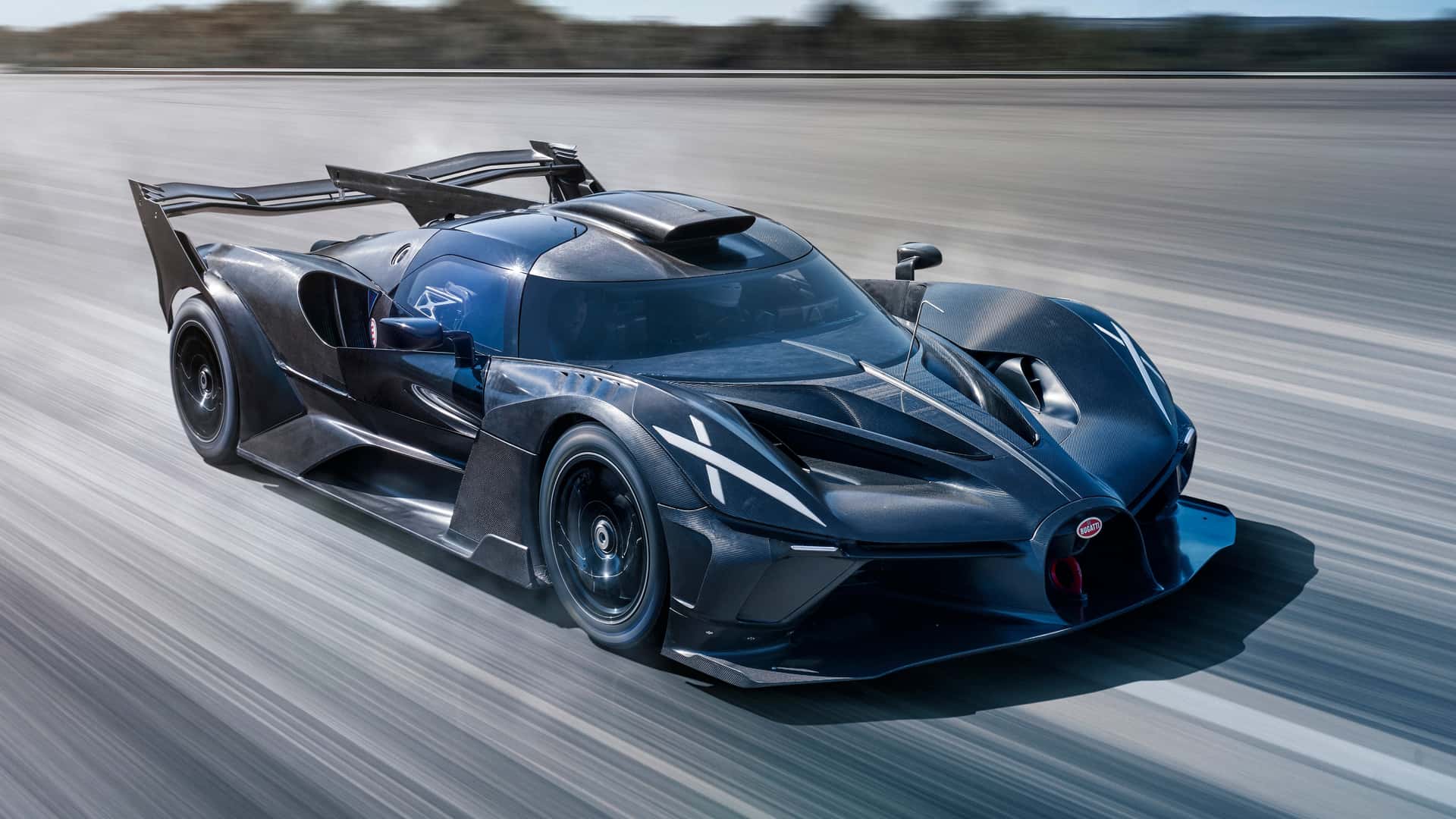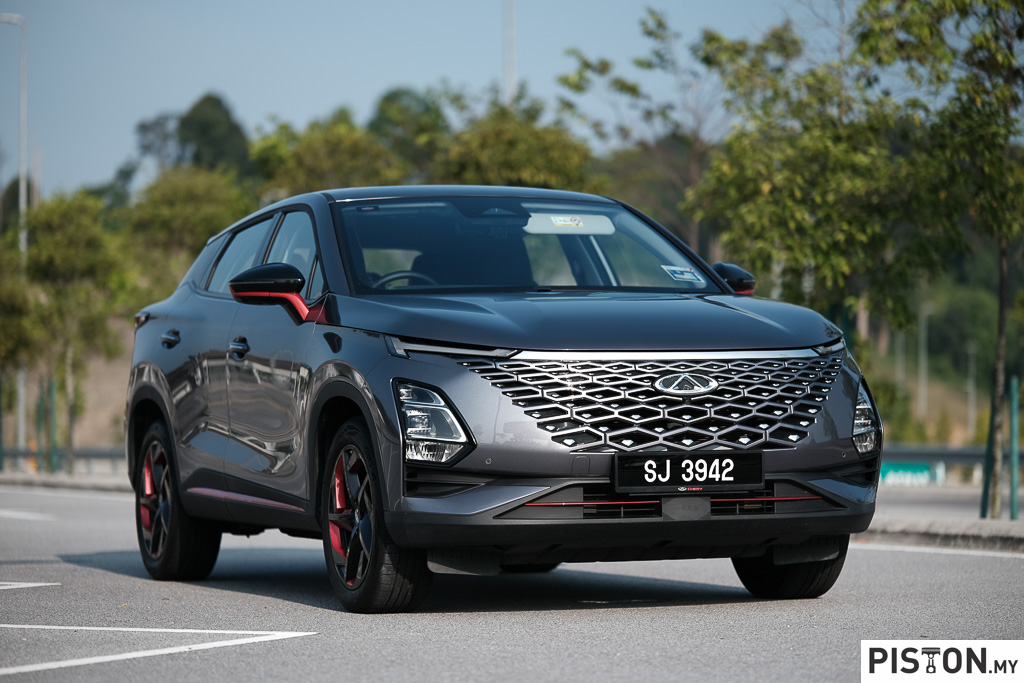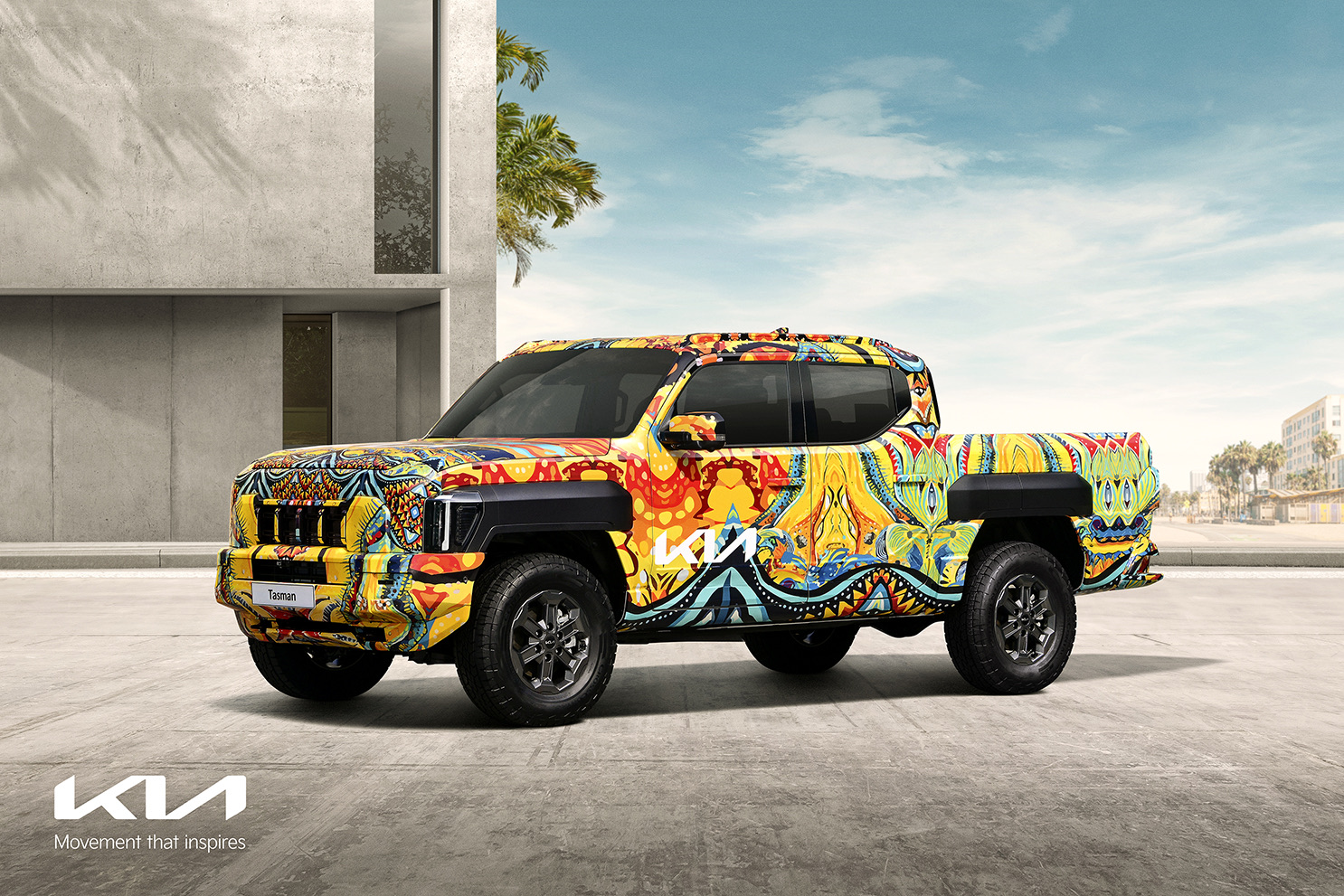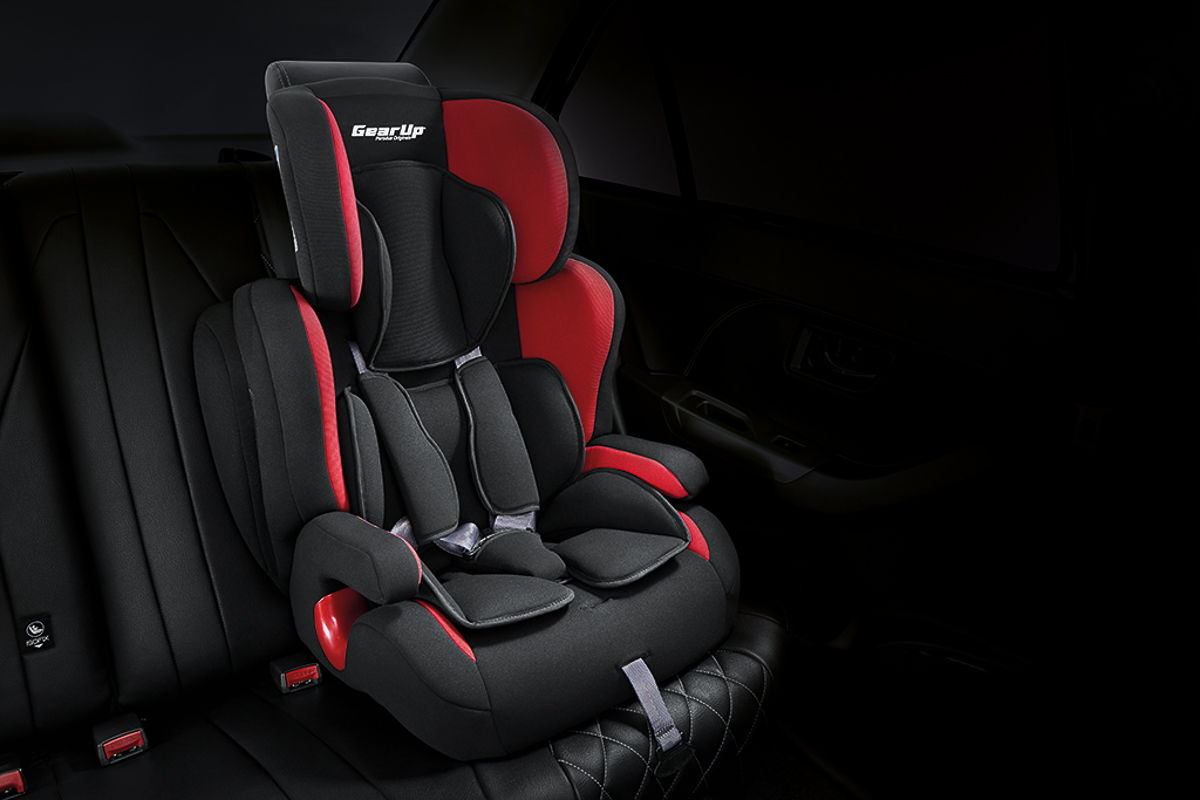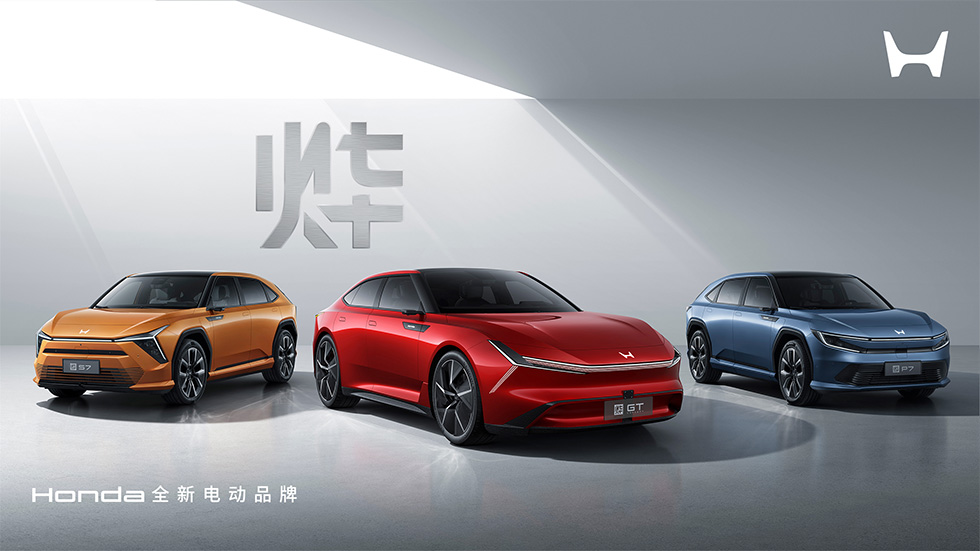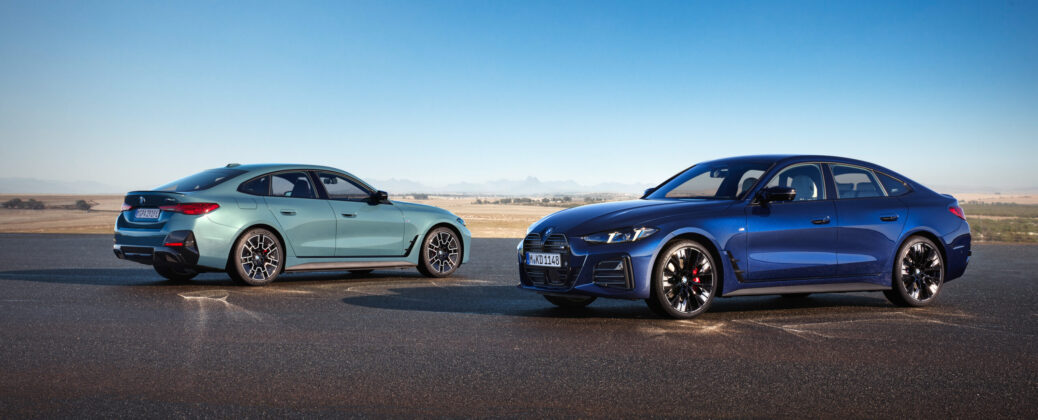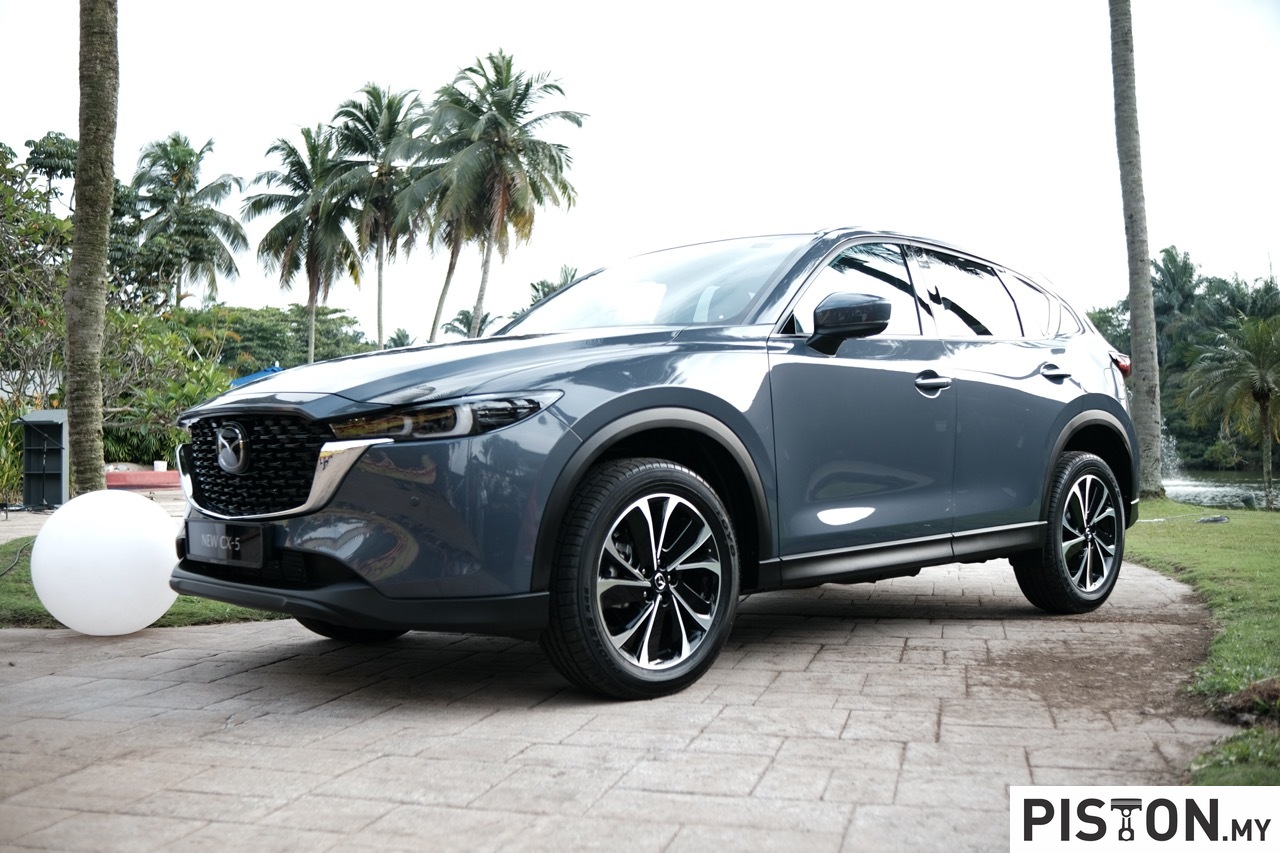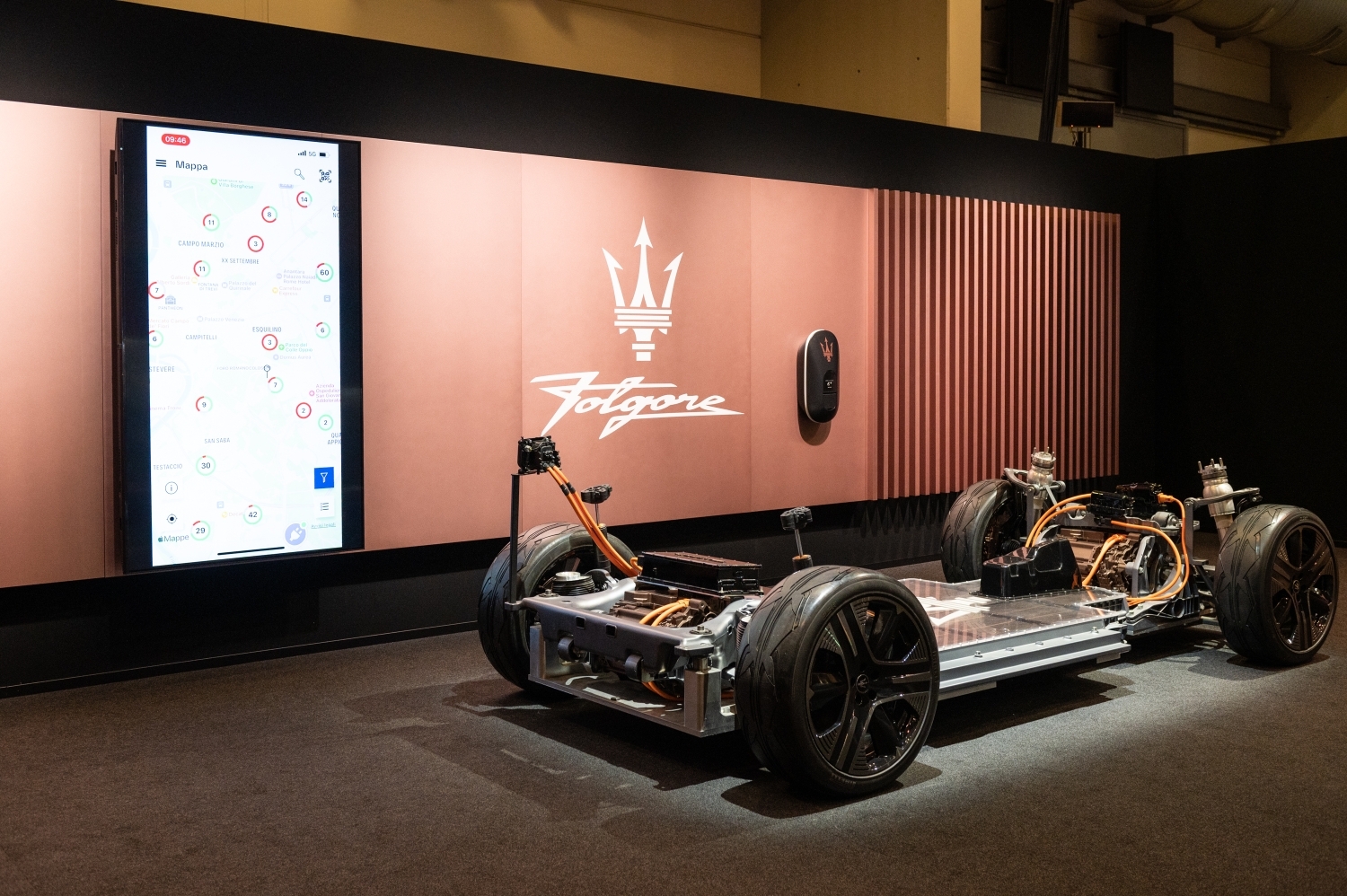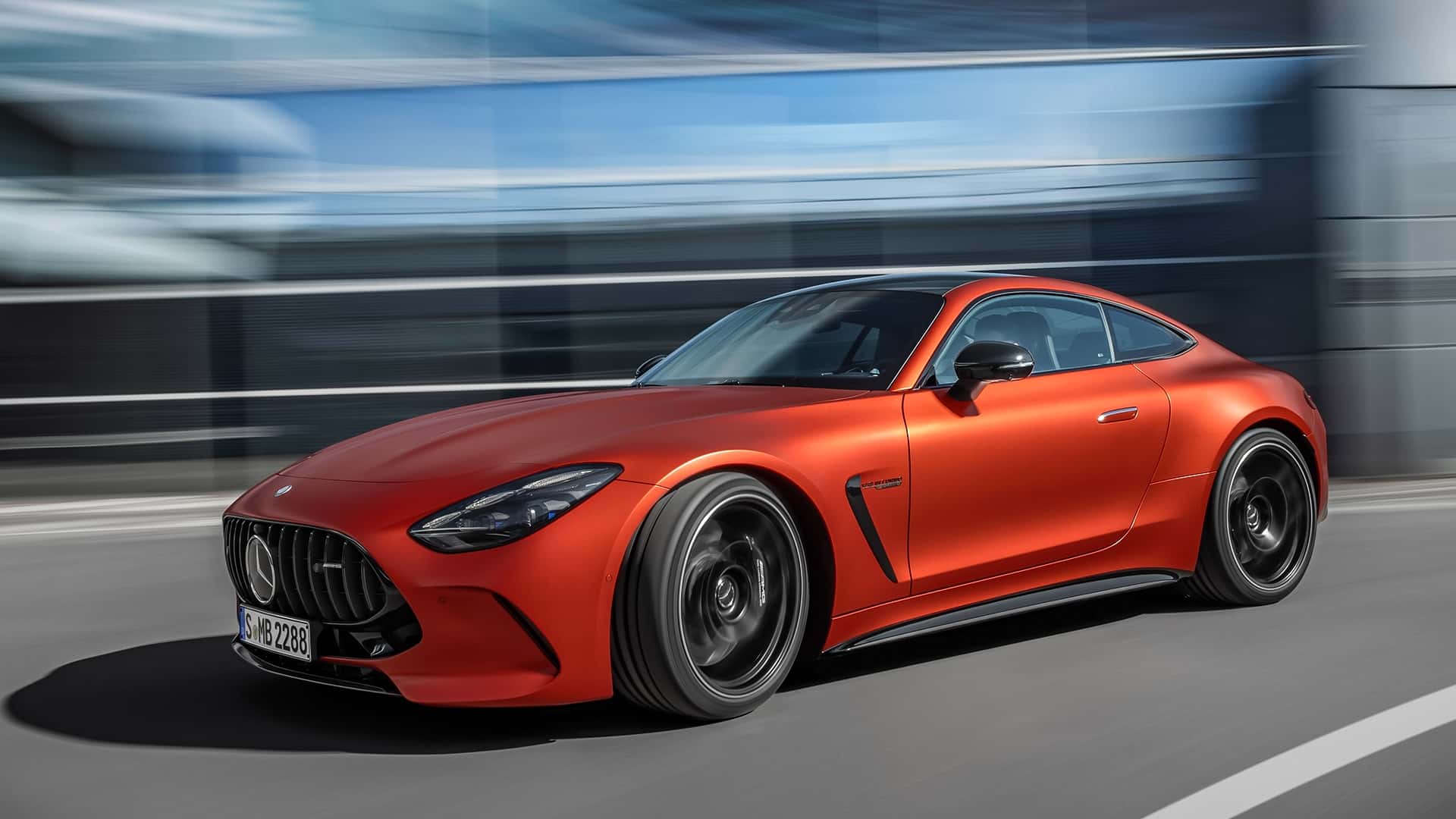The last time we heard about a Malaysian company developing a ‘flying car’ was a year ago when a ‘prototype’ took over at a facility near the old Subang airport. However, after that things went quiet with the project and its champion, the Entrepreneur Development Minister, also left the position to become a minister in the Prime Minister’s department.
So we don’t know what has happened to the project which had received RM20 million funding from the government but was being developed with a degree of ‘secrecy’, just like the ‘third national car’ project which has also gone ‘dark’.
However, flying car projects are nothing new and some companies elsewhere have already built such vehicles and shown them flying in public. The challenge has been to commercialise them so as to make money.
One company which has hopes of doing so is Klein Vision, whose founder and CEO, Professor Stefan Klein, has devoted the last 20 years converting his flying-car dream into reality. His flying car has reached its fifth generation of development and has completed two flights at Piestany airport in Slovakia recently. The model safely flew around the airport, landing and taking off twice.
3 minutes for transformation
Known as the AirCar (V5), it can transform from road vehicle into air vehicle in less than 3 minutes, at just the click of a button. Useful for leisure and self-driving/flying journeys, it also has potential as a commercial taxi service.
“The wing and tail deployment/retraction mechanism is very impressive, converting the automobile into an airplane. The cockpit providing space for the driver/pilot and a passenger is very roomy and nicely styled. The overall appearance of the flying car on road and in the air is superb,” said Dr. Branko Sarh, Boeing Co. Senior Technical Fellow (ret).
It is powered by a BMW 1.6-litre engine which produces 140 ps. Based on fuel consumption at a rate of 18 litres an hour, the estimated range of the AirCar is 1,000 kms. It requires a take-off run of 300 metres before getting airborne, after which it can reach up to 200 km/h in flight.
1000-km range
The engineers have kept the AirCar as light as possible since, unlike a car that only travels on the ground, it has to also be able to fly in the air. The 2-seater weighs 1,100 kgs and can carry additional load of 200 kgs per flight.
Simulation methods and design optimization have been used throughout the entire R&D stage. The AirCar is predominantly built from advanced composite materials, with all parts manufactured using high-tech methods.
Versatile concept
“With Aircar, you will arrive at your destination without the hassle of getting a ride to airport and passing through commercial security. Then you can drive the AirCar to the golf course, the office, the mall or hotel and park it in a normal parking space,” said Anton Zajac, Klein Vision’s co-founder, investor and also a pilot.
“The key flight parameters confirmed all theoretical concepts and calculations that the development of the AirCar was based on. Following the completion of all required flight tests in compliance with EASA regulations, we will deliver a model with a certified ADEPT, 300-ps engine within the next 6 months” said Professor Klein, who was also the test pilot. He added that the company already has a buyer for the AirCar.


